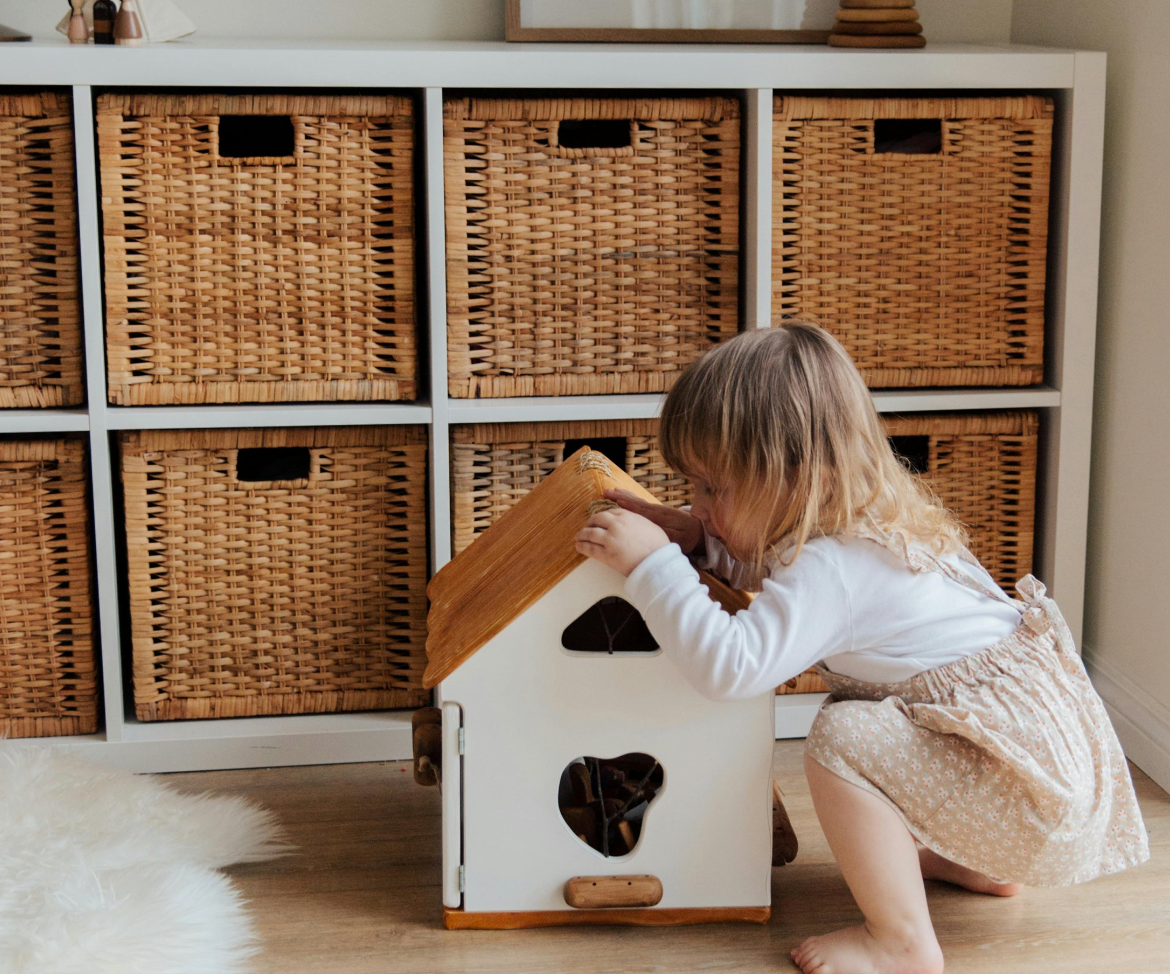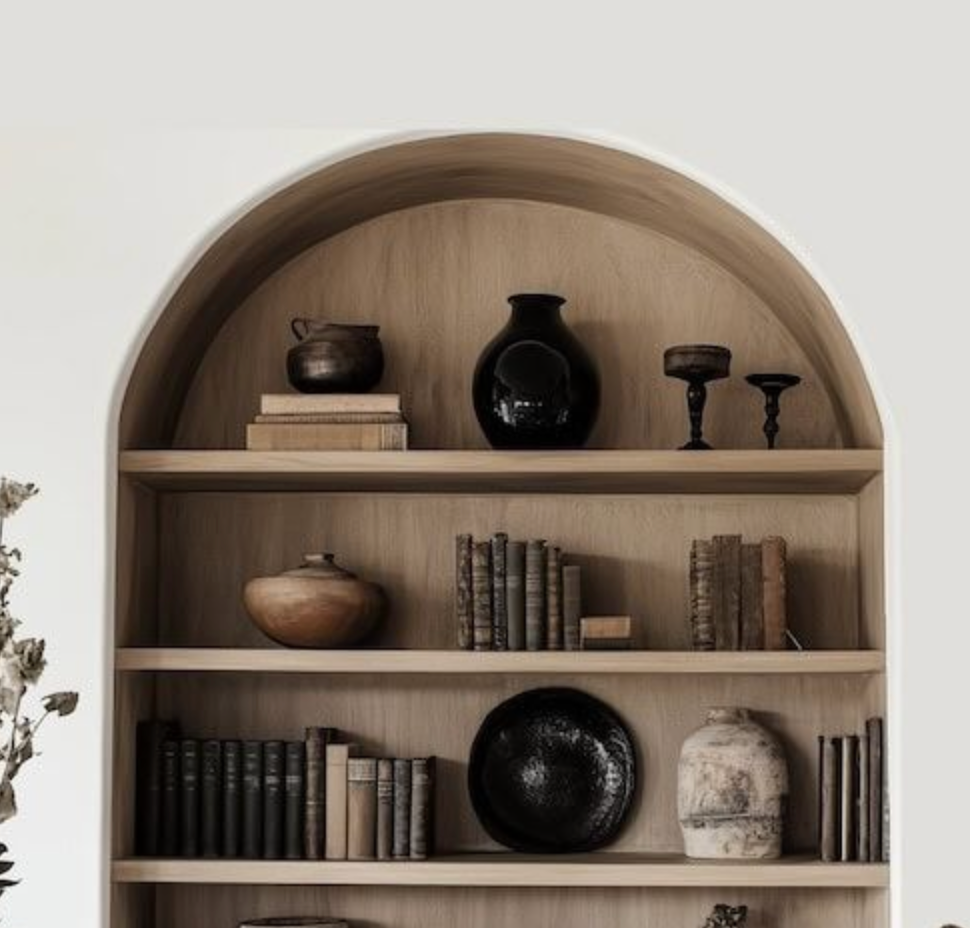Sustainable Decor for Your Child’s Bedroom: Creating a Stylish and Eco-Friendly Space

Designing a child’s bedroom is an exciting project that allows parents to create a space that is not only fun and functional but also a reflection of their child’s personality. However, with growing awareness about the environment, many families are looking for ways to make their homes more sustainable. By choosing eco-friendly materials, upcycling furniture, and incorporating energy-efficient lighting, you can create a beautiful space that is both stylish and kind to the planet.
Choose Non-Toxic and Eco-Friendly Paints
One of the simplest ways to make a child’s room more sustainable is by selecting non-toxic, low-VOC (volatile organic compound) paints. Many conventional paints release harmful chemicals into the air, which can contribute to indoor air pollution and affect your child’s health. Opting for eco-friendly paint brands ensures that your little one’s space remains fresh and free from toxins while also reducing your family’s environmental footprint.
Photo: Pexels cottonbro
Invest in Sustainable Furniture
When choosing furniture for your child’s bedroom, look for options made from sustainable materials such as FSC-certified wood, bamboo, or reclaimed timber. These materials are responsibly sourced and have a lower impact on deforestation. Additionally, consider second-hand or vintage furniture, which not only adds character to a room but also reduces waste by giving new life to pre-loved items. If you’re purchasing new, opt for modular furniture that grows with your child, reducing the need for frequent replacements.
Customised LED Neon Name Signs: A Personal and Sustainable Touch
Personalized decor is a great way to make a child’s bedroom feel unique and special. Customised LED neon name signs offer a stylish and energy-efficient way to brighten up a space while adding a personal touch. Unlike traditional neon signs, which use gas and glass tubes, LED neon signs consume far less energy and have a much longer lifespan, making them a more sustainable choice.
Photo: Preslee
A customised LED neon sign featuring your child’s name can be the focal point of their room, doubling as a nightlight or decorative piece. These signs are made using energy-efficient LED technology, which reduces electricity consumption while maintaining a warm and inviting glow. Plus, they are typically made from durable, recyclable materials, making them a great option for parents looking to incorporate sustainable elements into their child’s bedroom design. With endless color and design possibilities, you can create a sign that matches your child’s personality and room theme while keeping environmental impact in mind.
Opt for Organic Bedding and Textiles
Your child’s bedding and textiles should be as safe and eco-friendly as possible. Many conventional fabrics are treated with harmful chemicals, which can be absorbed into your child’s skin. Organic cotton, bamboo, and linen are excellent choices for bedding, curtains, and rugs. These materials are grown without harmful pesticides and are naturally hypoallergenic, making them ideal for sensitive skin. Additionally, look for brands that prioritize ethical and sustainable production practices.
Use Eco-Friendly Flooring Options
When selecting flooring for a child’s bedroom, consider materials that are both durable and environmentally friendly. Bamboo, cork, and sustainably sourced hardwood are excellent choices that add warmth and longevity to a space. If you prefer carpet, opt for natural fibre rugs made from wool, jute, or sisal, which are free from synthetic chemicals and biodegradable.
Photo: Pexels pavel-danilyuk
Incorporate Upcycled and Handmade Decor
Decorating sustainably doesn’t mean sacrificing style. Consider incorporating upcycled decor items such as repurposed wooden shelves, second-hand picture frames, or DIY crafts made from reclaimed materials. Handmade decorations from local artisans also add a unique touch while supporting sustainable craftsmanship. Encourage your child to participate in DIY projects to create meaningful, one-of-a-kind decor for their space.
Use Energy-Efficient Lighting
Lighting plays a crucial role in creating the right ambiance in your child’s bedroom. Opt for LED bulbs, which use significantly less energy than traditional incandescent bulbs and have a longer lifespan. Motion sensor or dimmable lights can further enhance energy efficiency. Pairing LED lighting with natural daylight by using sheer curtains and strategically placing mirrors can help maximize brightness while reducing energy consumption.
Choose Sustainable Storage Solutions
Storage is essential in any child’s bedroom, but it doesn’t have to come at the expense of sustainability. Look for storage solutions made from recycled or sustainably sourced materials. Woven baskets, wooden crates, and fabric bins made from organic cotton are great alternatives to plastic storage containers. Multi-functional furniture, such as beds with built-in storage or modular shelving, can help maximize space while reducing the need for additional pieces.
Photo: Pexels tatianasyrikova
Decorate with Indoor Plants
Adding indoor plants to a child’s bedroom not only enhances the aesthetic appeal but also improves air quality. Plants like spider plants, peace lilies, and aloe vera help filter toxins from the air while introducing a natural element to the space. Choose low-maintenance, child-safe plants and involve your child in their care to teach them about sustainability and responsibility.
Encourage Sustainable Play and Learning
Beyond decor, fostering a sustainable mindset in your child’s everyday life is key. Choose eco-friendly toys made from wood, recycled plastic, or organic fabrics. Encourage creative play with DIY art projects using recycled materials. Reading books about nature and sustainability can also instill eco-conscious values from an early age.
Photo: Pexels tatianasyrikova
Closing Thoughts
Creating a sustainable bedroom for your child doesn’t have to be complicated or expensive. By making mindful choices in materials, decor, and energy use, you can design a beautiful and environmentally friendly space that your child will love. Incorporating elements like customised LED neon name signs, organic textiles, and upcycled furniture ensures that their bedroom is not only stylish but also a step toward a greener future.
With a little creativity and consideration, you can build a space that is both comforting and sustainable—one that grows with your child while helping to protect the planet for generations to come.



Comments